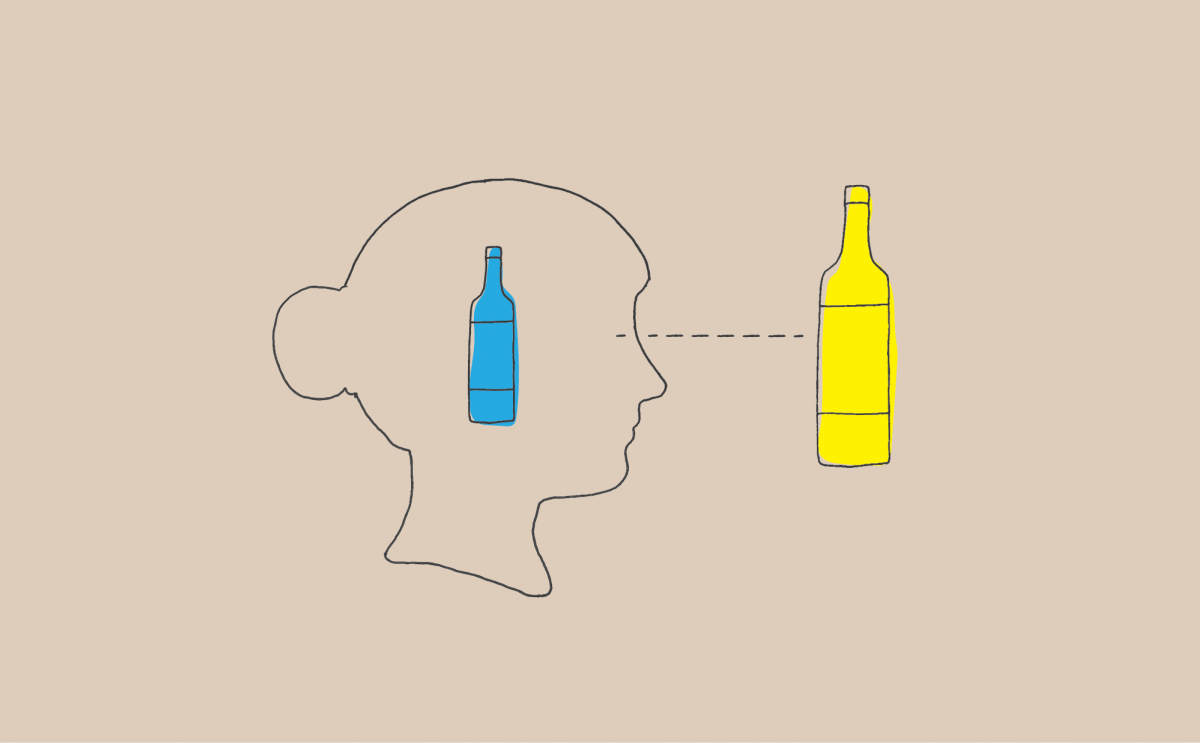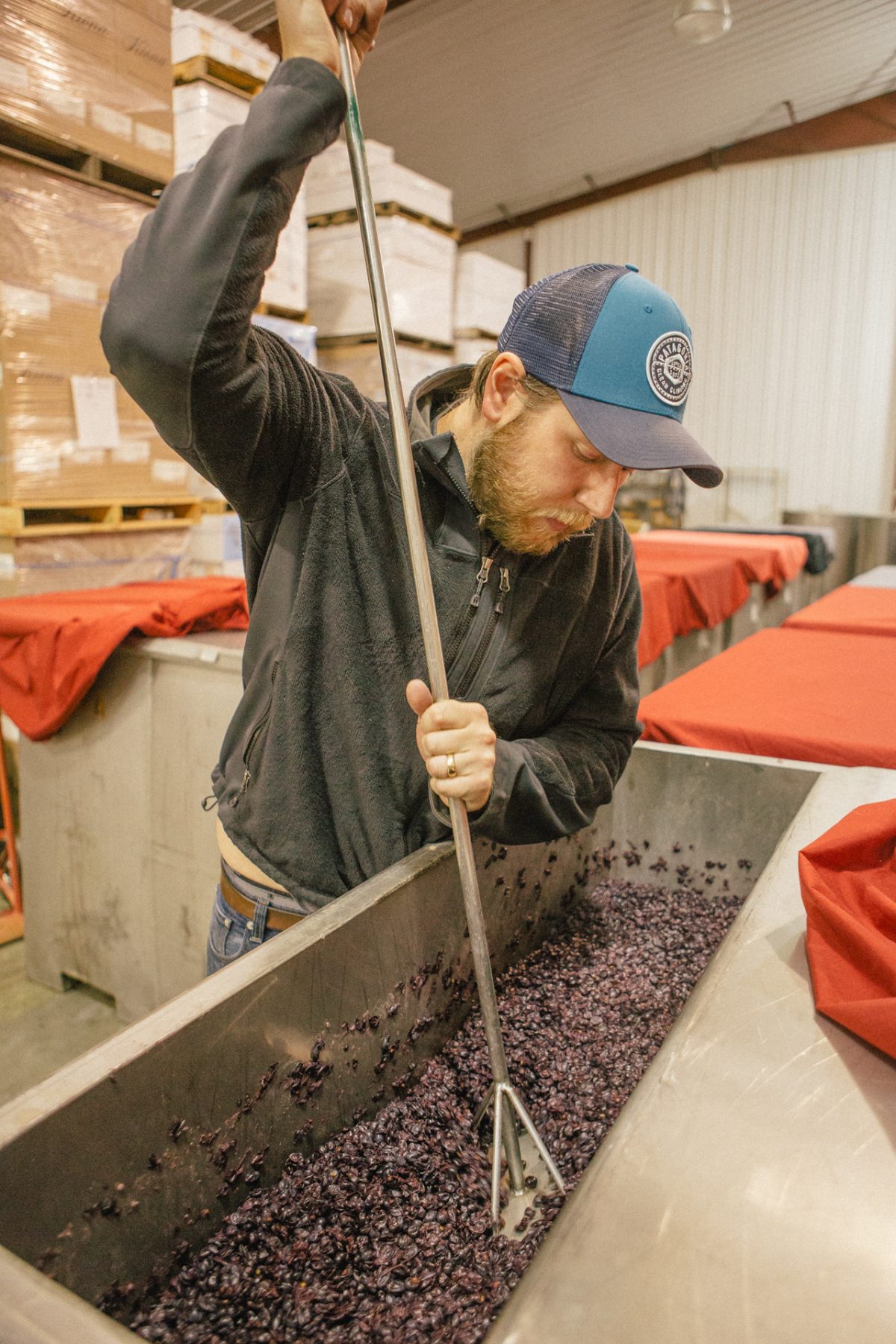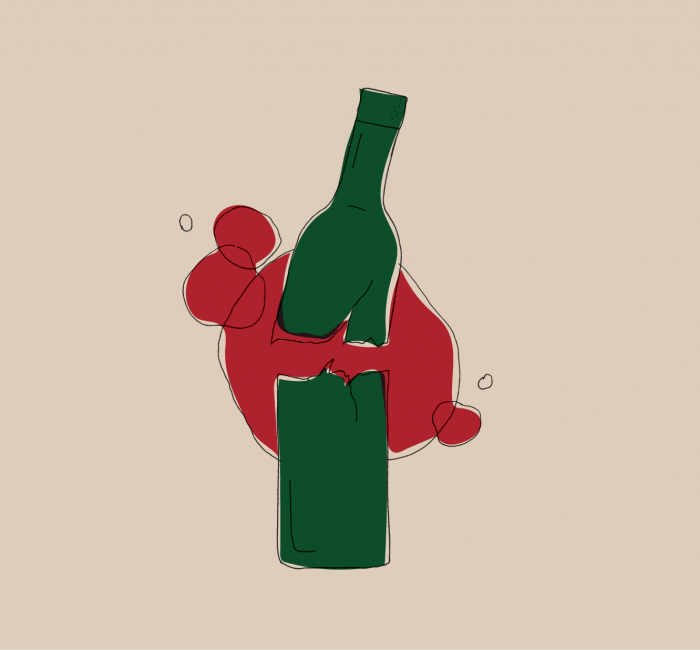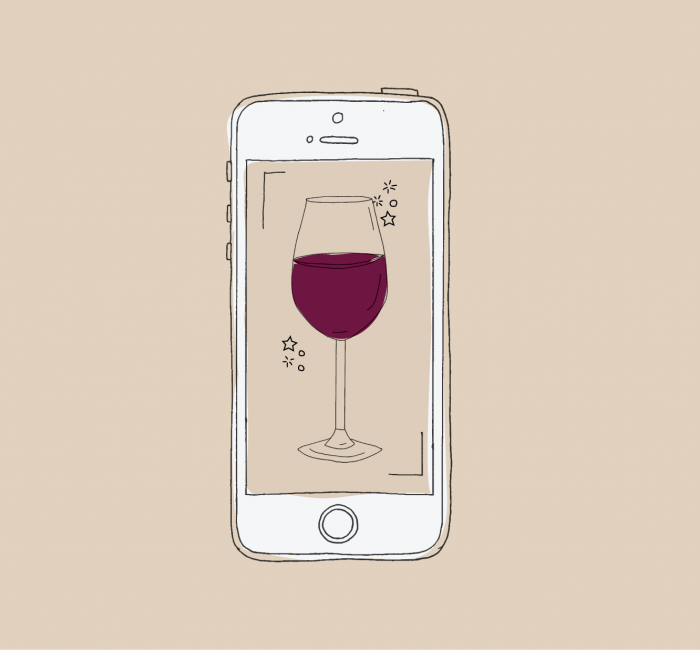Hey Wineries: the Story Changes the Flavor
Modern science is uncovering surprising truths about how we taste wine — and how much of our brain is wrapped up in it.
Copied to clipboard

This article is a chapter from Transom's E-Book 5 Things We Learned Building Brands and Websites for Wineries (PDF).
In 2008, Stanford University conducted a study where researchers observed participants as they drank wine while inside a brain-scanning MRI machine.
When participants were told they were drinking a cheap wine, the pleasure centers of their brains remained quiet. When told that a wine was expensive, the pleasure receptors lit up like a Christmas tree. The trick? Both were the same wine.
You probably guessed the twist before the end, but this study uncovers a powerful truth. The expectation we have of a wine literally changes if and how we enjoy it. All the work that is put into a bottle of wine — the decisions made in the vineyard, the selection of the barrels, the blending, the bottles — can be for naught if the drinker doesn’t have a positive expectation to accompany their first sip. Many wineries would excitedly spend $30K on a new nitrogen generator but would balk at a professional photographer’s $5K price tag — yet each carries the same potential to shape the drinker’s enjoyment.
The expectation we have of a wine can literally change if and how we enjoy it. And all the work that is put into a bottle of wine can be for naught if the drinker doesn’t have a positive expectation to accompany their first sip.
We Taste with Our Eyes, Too
A similar study at Cornell had participants wear VR goggles while they ate identical pieces of blue cheese. Participants reported distinctly more pungent aromas and flavors while seated in a virtual cow barn as they did on a virtual park bench. As with the Stanford study, we find that flavor exists not on the tongue, but deep in our brains, as a sum product of our bodily senses, emotions, and memories.

Every part of a person’s experience with a wine — the story told on the website, the decor of the tasting room, the texture of the labels — influences their enjoyment of that wine. Wineries that understand this make sure that every aspect of the experience reinforces the story they want to convey — so that all their hard work has an opportunity to truly sing.
Some Questions:
- What do you think most drinkers expect from your wine when they take their first sip? How do they arrive at that expectation?
- What is one thing you can do right now to better craft expectation and set your wine up for success?
- How are you distributing your resources (time, materials, money) to best improve the experience of your wine?

